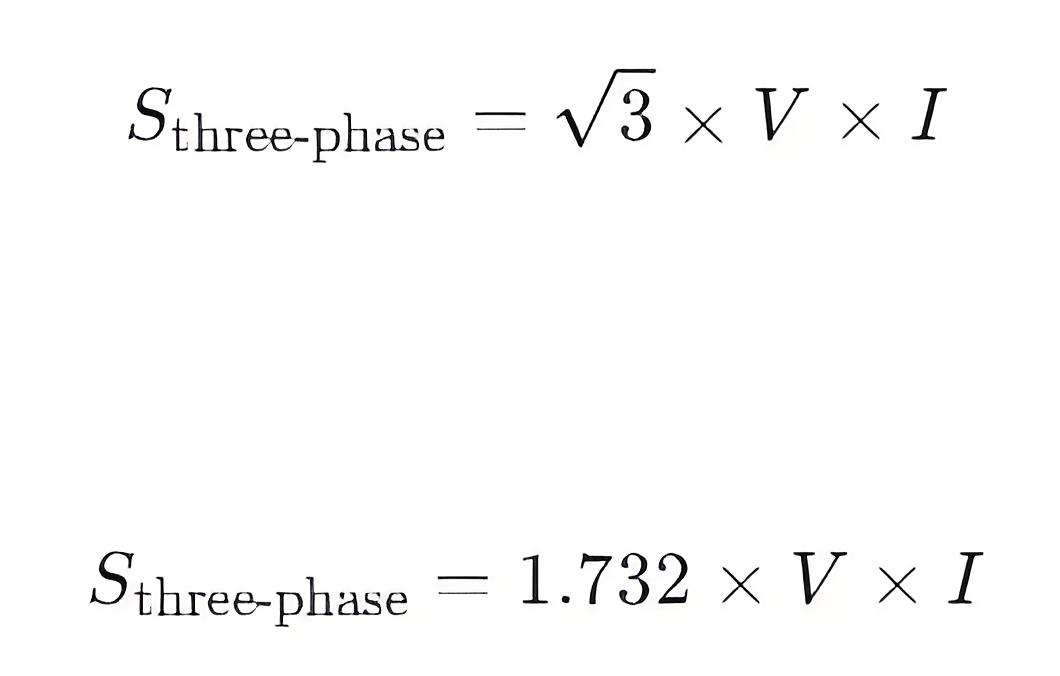How do you calculate a transformer’s capacity?
How to Calculate Transformer Capacity
Calculating the capacity of a transformer (typically measured in kilovolt-amperes, kVA) is an important task in electrical engineering. The capacity of a transformer determines the maximum power it can transmit, so correctly calculating the capacity is crucial for ensuring the safety and efficiency of the system. Below are the detailed steps and formulas for calculating transformer capacity.
1. Determine Basic Parameters of the Transformer
Rated Voltage (V): The rated voltage on the primary side (high-voltage side) and secondary side (low-voltage side) of the transformer.
Rated Current (I): The rated current on the primary and secondary sides of the transformer.
Number of Phases (N): Whether the transformer is single-phase or three-phase.
Single-phase system: N = 1
Three-phase system: N = 3
Power Factor (PF): If you need to calculate active power (kW), you will also need to know the power factor of the load. The power factor is the ratio of real power to apparent power and typically ranges between 0 and 1.
2. Calculate the Apparent Power (S) of the Transformer
The capacity of a transformer is usually expressed as apparent power (S), measured in kilovolt-amperes (kVA). Apparent power represents the maximum power that the transformer can transmit, including both active and reactive power.
For Single-Phase Transformers:

Where:
V is the rated voltage (volts, V) on either the primary or secondary side.
I is the rated current (amperes, A) on either the primary or secondary side.
For Three-Phase Transformers:

Where:
V is the line voltage (Line-Line, L-L), which is the voltage between two phases (volts, V).
I is the line current (Line-Line, L-L), which is the current flowing through each phase (amperes, A).
If you have the phase voltage (Phase-Neutral, L-N), the formula becomes:

3. Calculate Active Power (P) of the Transformer
If you need to calculate the active power (measured in kilowatts, kW), you can use the following formula:

Where:
P is the active power (kilowatts, kW).
S is the apparent power (kilovolt-amperes, kVA).
PF is the power factor.
4. Consider Transformer Efficiency
The actual output power of the transformer may be affected by its efficiency. Transformer efficiency (η) typically ranges from 95% to 99%, depending on the design and load conditions. If you need to calculate the actual output power, you can use the following formula:

Where:
Poutput is the actual output power (kilowatts, kW).
Pinput is the input power (kilowatts, kW).
η is the efficiency of the transformer.
Selecting the Right Transformer Capacity
When selecting a transformer capacity for practical applications, consider the following factors:
Load Requirements: Ensure that the transformer's capacity can meet the maximum load demand and provide some margin (typically 20% to 30%) for future expansion or temporary high loads.
Power Factor: If the load has a low power factor, you may need to choose a larger capacity transformer or consider installing power factor correction devices.
Environmental Conditions: High temperatures, humidity, or other harsh environments may affect the performance of the transformer. In such cases, you may need to choose a larger capacity transformer or take additional protective measures.
Summary
By following the above formulas and steps, you can calculate the capacity of a transformer based on its voltage, current, number of phases, and power factor. Ensuring that you select the right capacity for your transformer is essential for the stable operation and safety of the system.
The Electricity Encyclopedia is dedicated to accelerating the dissemination and application of electricity knowledge and adding impetus to the development and innovation of the electricity industry.













